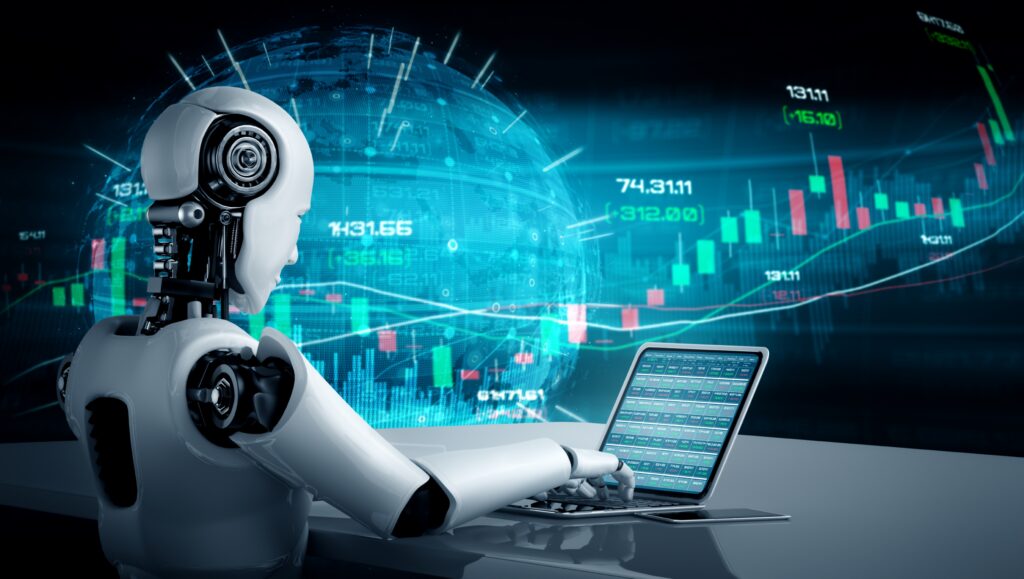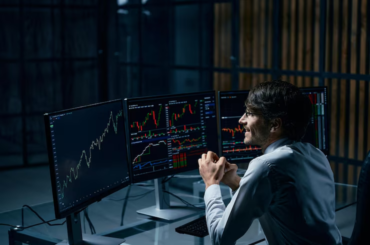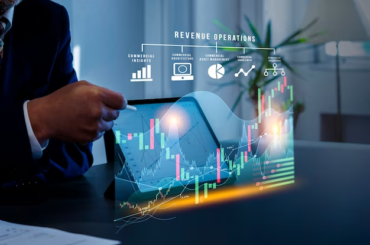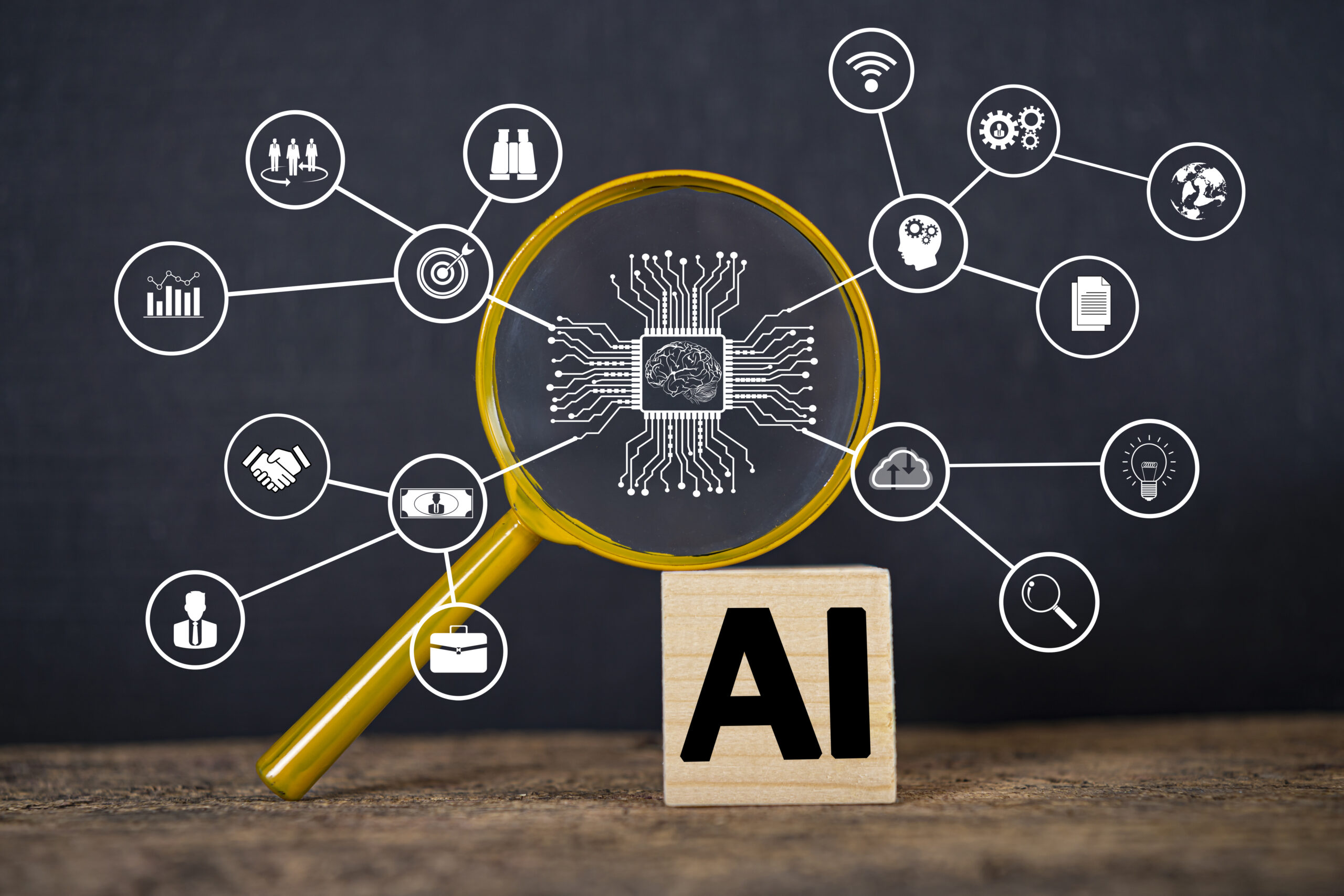What is trading that is automated?
Trading utilizing an automated system involves employing a program to carry out pre-established procedures for entering and terminating deals. You, the trader, will combine meticulous technical analysis with establishing opening orders, trailing stops, and guaranteed stops for your holdings.
You may execute numerous transactions quickly with the help of auto trading, which also has the advantage of removing emotion from your trading selections. That’s because the parameters you select already include all the necessary guidelines. Some algorithms even let you follow trends and make trades based on your pre-planned tactics.
What benefits do automated trading systems offer?

1. High Order Execution Rate
Through automated trading, traders may effectively complete a high number of orders. They can trade many accounts and employ various trading methods simultaneously by using automated trading. Distributing their risk across a variety of financial vehicles makes sure that the traders diversify. Automated trading allows for the execution of many trades that would take days for a human to complete.
2. Avoids Human Emotions
Expert and professional traders advise staying away from human emotions when trading. They believe that one of the main things that causes losses is human emotion. Automated trading, on the other hand, makes sure that human emotions are under check and that no one interferes with the execution of market orders. As a result, the traders’ overall profit margin rises.
3. Backtesting
One of the best aspects of automated trading is its capacity to apply trading rules to past market data in order to assess the efficacy of the trading strategy. The system rigorously tests the strategy chosen by investors for automatic trading before executing the rules, minimizing the probability of a failed execution.
What drawbacks are there to automated trading?

1. Technical Mistakes
The quality of automated trading depends on the system that executes orders. Occasionally, automated processes face technical difficulties due to the support of technology. Traders risk suffering significant losses if this occurs due to the executive’s poor quality.
2. Monitoring
Even though the execution is automatic, some level of supervision is still necessary. This is due to the fact that a variety of technical issues, such as system failure, connectivity loss, power outages, etc., might affect the system. Traders must keep an eye on the execution because these circumstances can lead to orders that are erroneous, missing, or incomplete.
3. Overoptimization
When trading automatically, traders must select, modify, and oversee their trading strategy. However, trading techniques that have been backtested by traders may look successful on paper but end up losing money when they are actually used.
How does computerized trading operate?

Trading orders are executed by automated trading systems using a variety of cutting-edge, data-driven algorithms. After deciding which automated trading system to utilize based on their investment philosophy, investors program the system with exact entry, exit, and investment rules. Different market situations, such as stop-loss, a certain price, a moving average crossover, a 52-week high or low, etc., can be used to create the rules. However, some skilled automated traders establish the laws using intricate tactics that may involve outside variables or their holdings in other asset classes.
The automated trading system will handle the remainder once the traders have established the regulations. Once the predetermined rules are followed in the market while it is running, the automated trading system executes market orders at an extremely fast rate. Additionally, investing with automated trading systems enables investors to remove human emotions that could adversely affect the profit margin. Automatically placing orders based on data analysis and predefined rules significantly increases the likelihood of their success.
Summary
Investors that prefer to rely on data-backed algorithms to execute their trades instead of manually executing stock market transactions employ automated trading. To achieve automatic and faster execution of orders compared to manual methods, traders establish specific rules and input them into the strategy. Automated trading enables traders to increase their profit margin by removing the potential for human emotions and blunders to squander money. Although automated trading is a man-made system, technical problems are frequent. As a result, it is advisable that traders develop or utilize the system with caution while continuously keeping an eye on the execution process.





